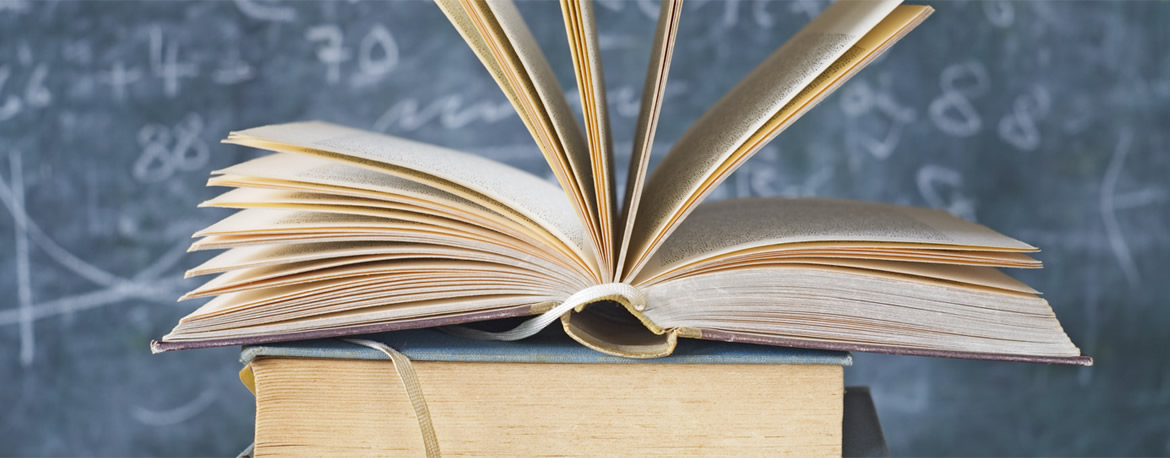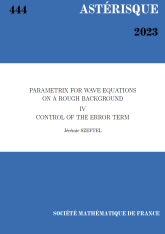Eigenvalue asymptotics related to impurities in crystals
Eigenvalue asymptotics related to impurities in crystals
Astérisque | 1992
- Consulter un extrait
- Année : 1992
- Tome : 210
- Format : Électronique
- Langue de l'ouvrage :
Anglais - Class. Math. : 35P20, 81Q10
- Pages : 183-196
- DOI : 10.24033/ast.186


